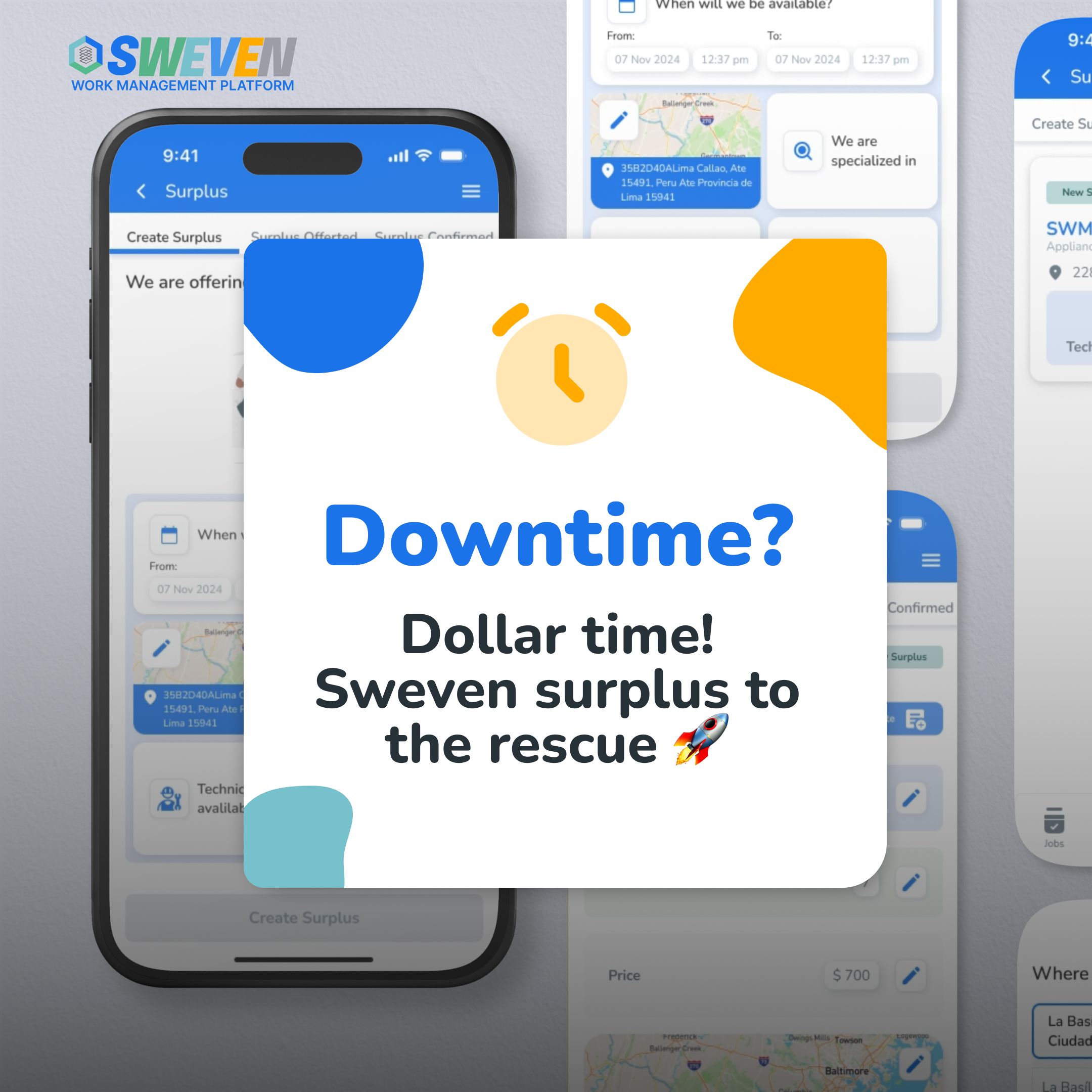Introduction:
Task prioritization is a crucial aspect of project management for vendors, determining the sequence and order in which tasks are tackled to achieve project goals efficiently. However, the challenge of determining which tasks to prioritize can lead to inefficiencies and delays in project completion, impacting vendor performance and client satisfaction. In this blog, we delve into the complexities of task prioritization faced by vendors and explore strategies to overcome this challenge for enhanced efficiency and project success.

The Challenge of Task Prioritization:
Vendors often face a multitude of tasks and responsibilities across various projects, each competing for attention and resources. The challenge of task prioritization arises due to several factors:
Conflicting Deadlines: Vendors may be juggling multiple projects simultaneously, each with its own set of deadlines and deliverables. Balancing competing deadlines and prioritizing tasks accordingly can be daunting, leading to confusion and inefficiencies.
Resource Constraints: Limited resources, including manpower, time, and budget, further complicate task prioritization decisions. Vendors must allocate resources judiciously to maximize productivity and ensure that critical tasks are completed on schedule.
Changing Priorities: Project priorities may shift over time due to changing client requirements, unexpected issues, or external factors. Adapting to these changes and reprioritizing tasks dynamically requires agility and flexibility in task management.
Strategies for Enhancing Task Prioritization:
Define Clear Project Objectives: Establish clear project objectives and priorities in collaboration with clients to provide clarity on project goals and guide task prioritization decisions accordingly.
Assess Task Impact and Urgency: Evaluate tasks based on their impact on project outcomes and their urgency in relation to project timelines. Focus on high-impact, time-sensitive tasks that contribute directly to project success.
Use Prioritization Frameworks: Adopt prioritization frameworks such as the Eisenhower Matrix, MoSCoW method, or the ABCDE method to categorize tasks based on their importance and urgency, enabling vendors to prioritize tasks effectively.
Communicate Proactively: Maintain open communication channels with clients and project stakeholders to stay informed about changing priorities, deadlines, and project requirements. Proactive communication can help vendors adjust task priorities in real-time and avoid potential conflicts.

Leverage Technology Solutions: Utilize project management tools, task management software, and collaboration platforms to streamline task prioritization, track progress, and allocate resources efficiently across projects.
Delegate and Empower Team Members: Empower team members to take ownership of tasks and make independent decisions regarding task prioritization within their areas of responsibility. Delegating tasks effectively can distribute workload and accelerate project progress.
Regularly Review and Adjust Priorities: Conduct regular reviews of project priorities and task lists to ensure alignment with project objectives and evolving client needs. Adjust task priorities as needed based on changing circumstances and feedback from stakeholders.

Conclusion:
Task prioritization is a fundamental aspect of project management for vendors, impacting project efficiency, resource allocation, and ultimately, client satisfaction. By implementing strategies such as defining clear project objectives, assessing task impact and urgency, leveraging prioritization frameworks, and embracing technology solutions, vendors can enhance their ability to prioritize tasks effectively and achieve greater success in project execution. With a proactive and strategic approach to task prioritization, vendors can optimize resource utilization, minimize delays, and deliver high-quality outcomes that meet or exceed client expectations.
















